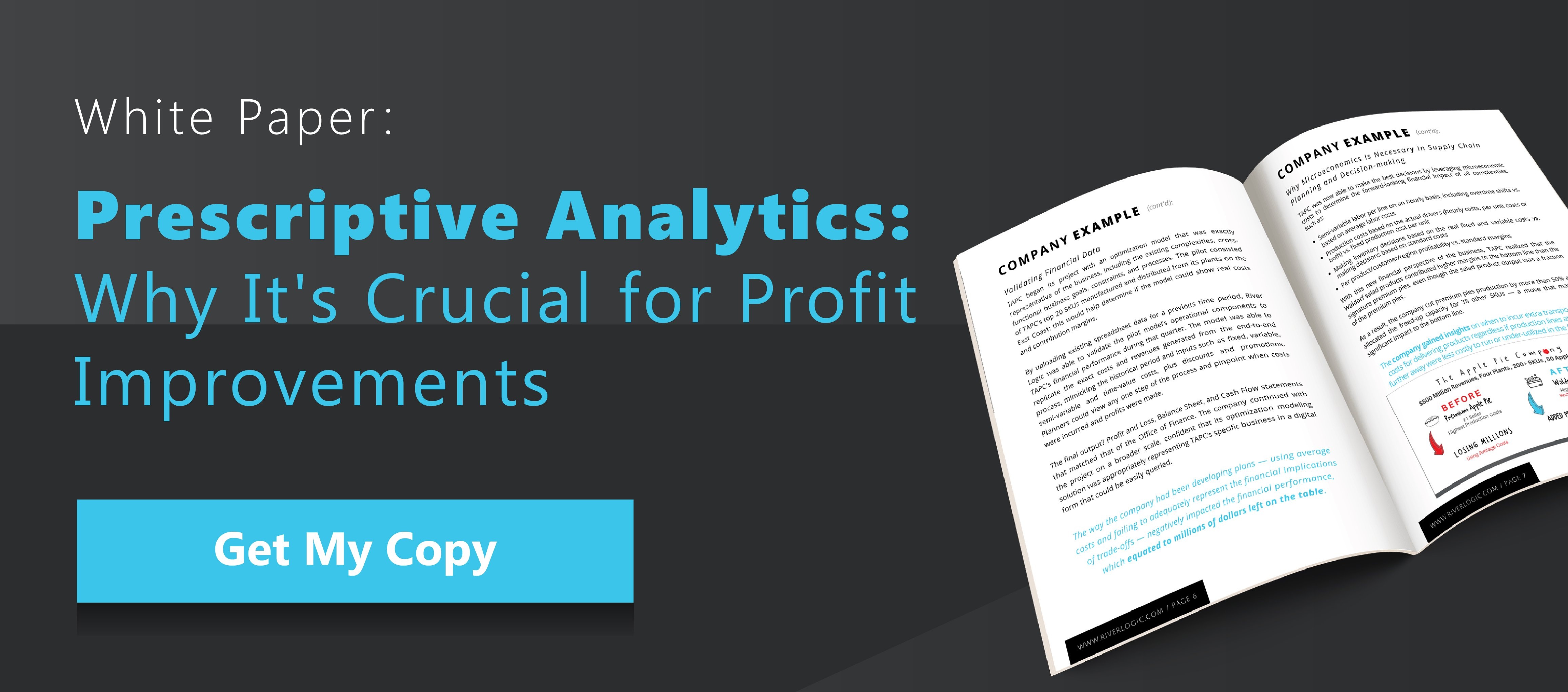Does this sound familiar?
Most of us who’ve ever been in manufacturing have experienced situations where capacity is constrained. We understand the frustration of not meeting demand and the willingness to do almost anything to satisfy sales, marketing and customers. A fundamental problem is that we often don’t take time to analyze the real issues, nor carefully analyze whether measures taken are cost-effective.
In the context of the nation’s factories opening up after the worst of the Covid-19 pandemic is over, many companies will face similar capacity constraints caused by material shortages, lack of staff, shortage of cash and a lack of capacity to meet renewed demand. As you deal with these issues, remember it’s not the right time to take drastic measures to meet demand if these affect your ability to remain profitable.
What Is Constrained Capacity?
Constrained capacity occurs whenever a business has insufficient production capacity to meet demand.
Examples of constrained capacity could include:
- Equipment capacity
- Production line capacity
- Poor reliability
- Planning constraints
- Insufficient space to expand
- Utilities capacity such as available electric power, water and so on
- Regulatory constraints
- Raw material shortages
- Logistics and transport capacity
For example, electric vehicle battery manufacturers face potential shortages in minerals and raw materials that limit their capacity to ramp up production. Another example is a building products manufacturer with numerous product lines who was unable to respond to high demand because of inflexible planning solutions.
Mistakes Companies Make Dealing with Constrained Capacity
While hindsight is always 20/20, in the real world, capacity constraints aren’t always readily apparent until they’re reached. It’s for this reason that production managers panic because in many instances they didn’t expect to be hit by constraints.
Some of the mistakes they make when hit by capacity constraints include:
- Throwing resources at the apparent problem
- Not stepping back to understand the real causes of constrained capacity
- Taking a narrow view (it’s my problem) and not thinking outside the box
- Not innovating, but repeating the same patterns and making the same mistakes
- Not thinking ahead and responding to early warning signs
- Trying to work harder rather than smarter
- Looking for short-term, unsustainable solutions rather than thinking strategically.
As a result, attempts to overcome constrained capacity often flounder. Additionally, money spent is wasted, resulting in higher costs and lower profits.

Conventional Solutions to Constrained Capacity
Capacity constraints have existed for as long as man has manufactured items for sale. In an ideal market with unlimited demand, a company’s sales are always constrained by its capacity to produce.
The subject first received scientific scrutiny in 1984 when Dr EM Goldratt published a book called The Goal in which he introduced his Theory of Constraints. In his work, he explained that every system has a bottleneck, also known as the weakest link, which limits output. If the bottleneck is removed, output increases.
Dr Goldratt proposed a five-step approach to dealing with constrained capacity.
Identify the (real) constraint
The first step is to identify the single constraint limiting output. Key to achieving this is to understand that the real constraint may not be obvious and may be masked by an apparent constraint, especially in complex scenarios. Various techniques exist for identifying constraints, including shop floor observations and time and motion studies. Often, the cause may be something procedural or to do with raw material supply, rather than a piece of equipment.
Optimize the constraint
Having identified the constraint, make those immediate changes that can be identified to improve output. This may include steps such as working through breaks, overtime, and speeding up the machine.
Subordinate the constraint
An equally important step is to make certain all other steps in the process support throughput through the constraint. This includes ensuring raw materials are always available so the machine runs at full capacity. Also, that there’s no holdup further down the line that limits output from the constraint.
Add capacity
The previous steps represent a quick fix that may or may not resolve the bottleneck. Ultimately, it may be necessary to add capacity. Before taking that step, it’s vital to ensure the previous steps are rigorously carried out, or you might find you are wasting money.
Repeat the process
The moment one bottleneck is removed, another will appear. This needs to be addressed as above, and the process repeats until capacity is no longer constrained. This process is similar to the Kanban process of continuous improvement, but is more focused on removing bottlenecks than the incremental process of improvement and waste reduction of Kanban.
Other Effective Ways to Deal with Constrained Capacity
The Theory of Constraints approach is powerful and should be part of every production manager’s toolkit, as should other processes such as lean management and continuous improvement.
But sometimes this isn’t enough, particularly when dealing with complex scenarios and when looking at constrained capacity at a divisional or organizational level. In these instances, there are often so many variables that it’s virtually impossible to break things down to the component level.
It’s at this level where advanced optimization processes such as prescriptive analytics come into play. Although there are different approaches, they all share some common features. The first is that a detailed mathematical model of the process or business is prepared. Particularly when looking at an individual process, models must take every step into account, including conversion rates, constraints and limitations.
Once the model is refined to the point where it accurately reflects how the process works, various optimization processes are performed with the aim of determining how to maximize specific parameters such as output or, more commonly, revenue, cost or profitability.
Using prescriptive analytics to deal with constrained capacity offers several opportunities not available through the largely manual Theory of Constraint and Kanban processes.

An end-to-end view of constrained capacity
One of the difficulties of any manual process is getting an overall picture. However, a prescriptive analytics model allows managers to obtain an end-to-end view of a constrained process. Such a view offers both an overview as well as the ability to dig deeper into the process to identify specific constraints.
Determine the real cost of overcoming constraints
A unique aspect of a prescriptive analytics model is that it measures everything in financial terms. So, rather than determining that a constraint limits the number of units the line can produce, the model also establishes the costs associated with the constraint, the financial implications of removing the constraint and how to financially optimize the process.
Ability to consider alternative scenarios
Posing what-if questions is a key aspect of any Theory of Constraints exercise:
- What-if I increase manning on the line
- What-if I outsource production
- What’s the benefit of adding capacity
Solver software, an integral part of prescriptive analytics modeling, allows users to perform scenario analysis and determine which of multiple alternative scenarios would offer the most cost-effective way to remove capacity constraints.
Make rational decisions based on the full picture
Because the model represents the entire line or function, it’s possible to measure the costs of removing constrained capacity against the overall costs and determine the profitability of proposed changes to remove bottlenecks.
Optimization-based Theory of Constraints
Using prescriptive analytics as part of the toolbox for dealing with capacity constraints allows users to really optimize Theory of Constraints exercises. The ability to analyze different solutions using a constraint-based model helps users arrive at the best, optimal solution for removing constraints.
What’s most Important: Profit or sales?
As companies start up after a long shut-down, they are facing many challenges. Apart from the need to change the ways they work to keep employees safe, there’s also the need to manage cash flow and restore profitability. Capacity will be inevitably constrained until the economy settles down and supply lines are fully restored.
As you deal with these issues, it’s essential to keep a balance between profits and sales. Ultimately, you need advanced analytical tools to guide and support your capacity planning decisions to ensure the changes you make to remove constraints, improve cash flow and enhance profitability.







